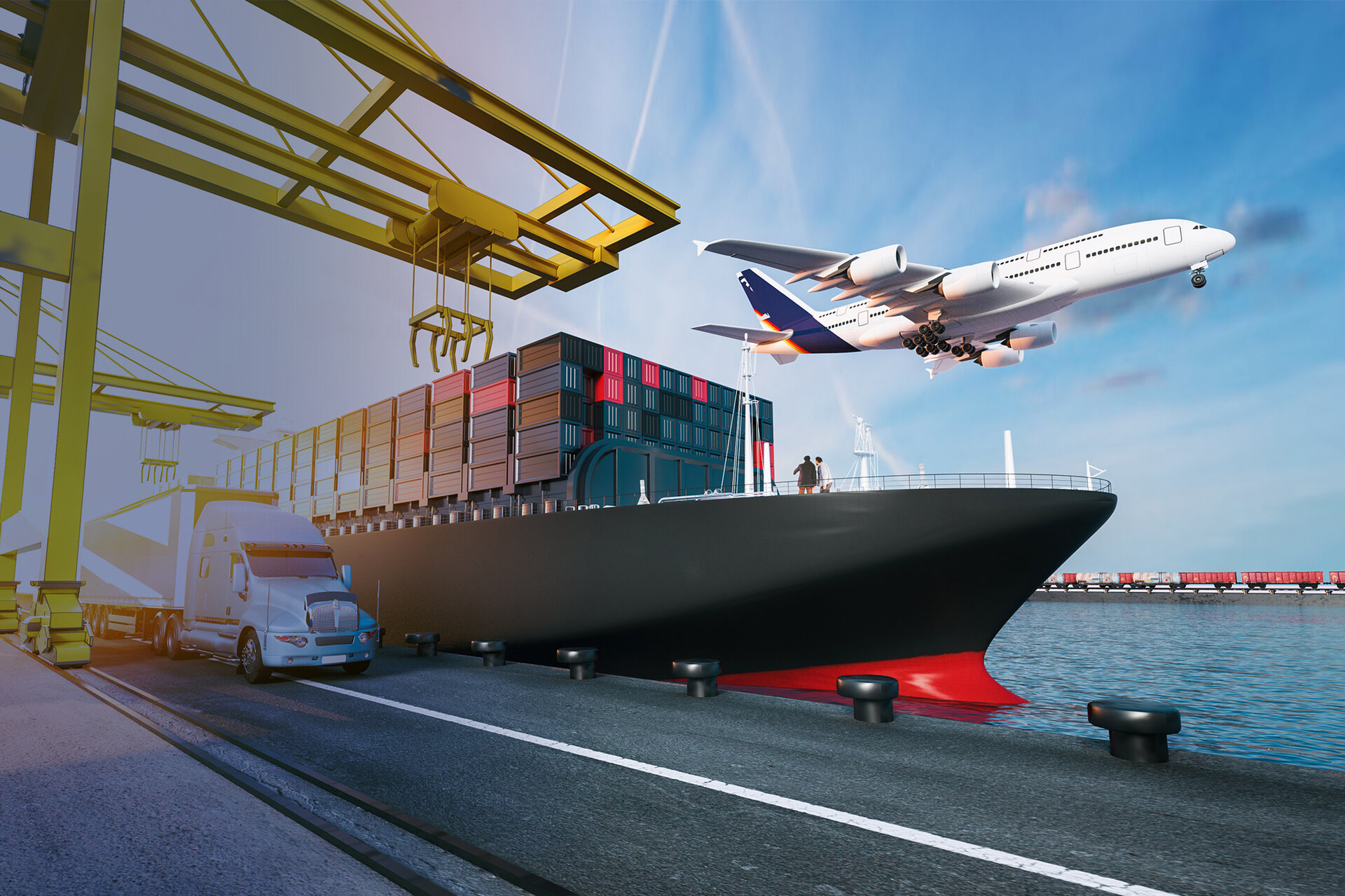International Trade and effect on Supply Chains by 2030

Due to the pandemic, international trade has been disrupted, which has made the businesses involved in supply chains respond rather slowly. By the end of 2021, trade flows are expected to return to "normal." The question is, will "normal" continue to exist?
Approximately 70% of global trade is in intermediate goods due to multinational corporations' internal trade (MNCs). Some developed countries conduct half of their international trade with related parties.
2030 is the year for supply chain professionals to create scenarios for their organization's supply network to meet the UN 2030 Agenda for Sustainable Development, including the Paris Agreement to limit global temperature rise. As a result, it is important to identify the most likely changes in international trade and the effects on supply chains.
International Trade Research Reports
According to international trade reports, international trade has slowed since the 2008 financial crisis. The decline is expected to continue over the next decade, primarily in high-tech, global value chains (GVC) manufacturing.
Developed economies' participation in total global trade is gradually declining slowing down and international trade is shifting toward services, labour, and cross-border data flows. Economic factors (such as cost differentials) will be less important trade drivers. Geopolitical, regulatory, and other issues will play a larger and more negative role.
Trends that are most likley to affect Supply Chains
Technology
The application of digital technologies to alter a business model and create new revenue and value-creating opportunities. Artificial intelligence (AI), the Industrial Internet of Things (IIOT), Blockchain, and other technologies are expected to gain widespread acceptance in the industry by 2028.
Robotics and additive manufacturing (such as 3D printing) is enabling more regional and local manufacturing at competitive prices. Information about the manufacturing process can be sent across borders, and goods can be created close to or at consumption. As a result, storage, handling, and transportation costs are reduced.
National Government Policy
Increasing trade barriers on goods by World Trade Organization (WTO) member countries – many based on ''national security'' – more regional, bi-lateral, and ad hoc economic cooperation.
Sustainability
Sustainability-driven disruptions will create opportunities for market-driven product and process changes, as well as impacts on physical supply chains.
Better global governance, more significant technological gains, and the transparency and integration of new markets (Africa, India, etc.) are all factors that could lead to more positive scenarios.
Additional Factors that May Affect the Supply Chain are:-
- The digitization of supply chains led to a slower spike in the international trade cost because of the digitalization of supply chains, the cost of international trade is increasing at a slower rate (accepting the current spike in freight rates).
- Increased use of robotics and automation in developing countries has hampered the productivity scale of tradable goods.
- Since 2009, developing countries have nearly doubled their volume of goods trade.
- Emerging markets will be the future consumption centres. According to the World Bank, approximately 2 billion people in Asia will join middle-income groups by 2030.
- The poor participation of the developed nations in global trade.
- The increase in the local supply chains in many prominent countries reduced the global supply chain.
The ongoing mass digitization has triggered many not-so-bright prospects for global trade. Having said that, there might also be a few positive aspects of digitization, such as enhanced global governance, technical gains, and transparency in the entire ecosystem. The entire global trade ecosystem is expected to be more inclined towards digital platforms. Companies now have to revamp their global supply chain strategy to sustain the challenges that the future of the Global trade ecosystem brings in. There is a high chance that they might fail to survive with an indigent strategy in place.
